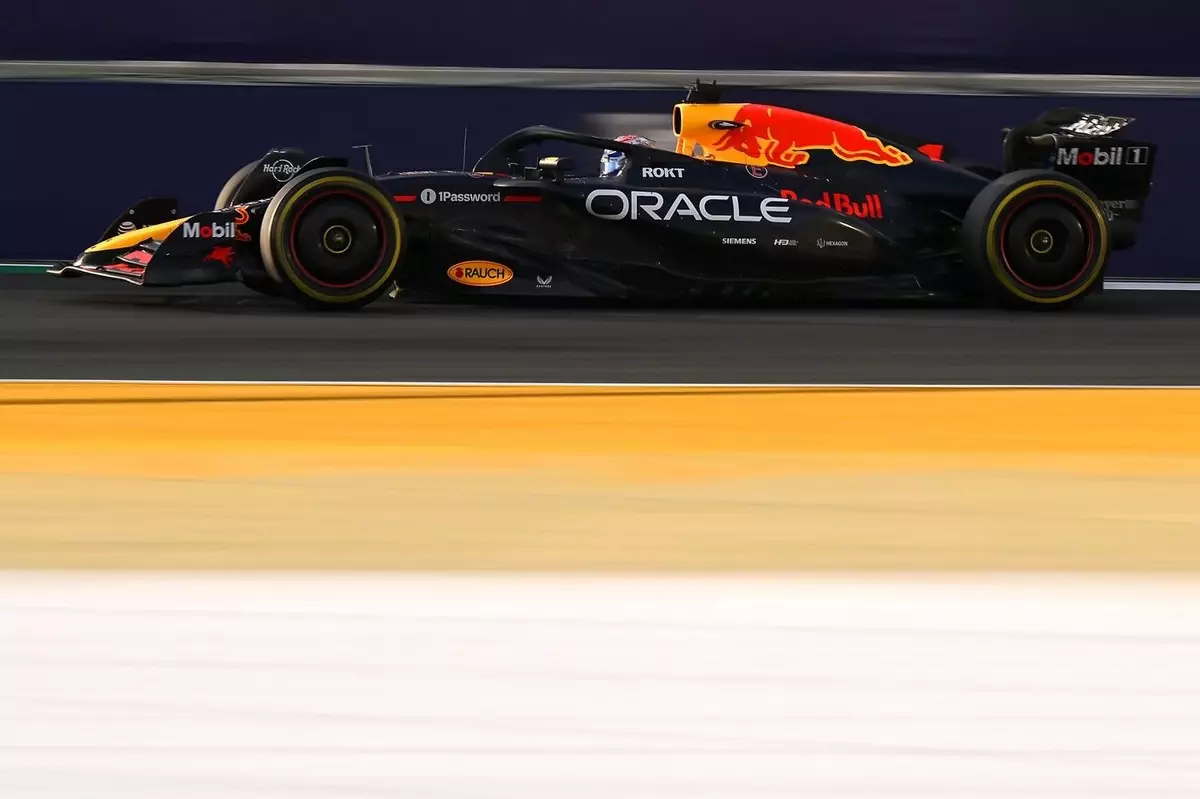Red Bull Racing has underscored itself consistently as one of the leading teams in Formula 1, commanding respect and admiration through a series of triumphant seasons. However, the current climate within the team hints at a fissure that could threaten its illustrious reputation. When one distills the heart of the matter, it goes beyond mere performance on the track—it reflects the intrinsic complexities of an organization that may be slowly unraveling. Under the glossy sheen of trophies and accolades lies a series of challenges that call into question whether the team can maintain its elite status.
The Reality of Crisis Talks
In what has been popularly framed as a “crisis,” the impromptu gatherings of Red Bull’s leadership team—be it chairman Christian Horner, driver Max Verstappen, or technical director Pierre Wache—should raise eyebrows. If one weren’t aware before, the emergence of such urgent “meetings” conveys a striking reality. While Horner downplays the significance of these discussions—labeling them as routine strategy sessions—one cannot overlook the palpable urgency that has prompted these unprecedented congregations. Each moment these leaders spend deliberating intricacies suggests that they might be grappling with deeper issues, echoing the sentiments of critics who argue that the team is struggling to adapt to the relentless demands of modern F1 racing.
Performance Versus Expectation
At the center of this drama is the infamous RB21 car, which has become a lightning rod for frustration among drivers and engineers alike. While Verstappen’s unexpected strength in certain races has bolstered morale, the broader performance spectrum reveals inconsistencies that are difficult to ignore. Questions surrounding the car’s predictive reliability loom, leading to a disheartening realization that even when the team manages to finish strong, the underlying issues remain unresolved.
Indeed, the correlation between simulation data and actual performance remains glaringly misaligned. As much as the team attempts to sugarcoat these setbacks, the facts are not lost upon competitors who are all too ready to exploit any weaknesses. The relentless pursuit of improvement—a concept central to F1—is now met with doubts about Red Bull’s capability to innovate and respond effectively.
The Wind Tunnel Woes
An aspect that compounds Red Bull’s challenges is the antiquated state of its facilities, notably the wind tunnel—dubbed a “relic of the Cold War” by Horner. This sentiment may have grown trope-like, yet its veracity is underscored by its impact on modern aerodynamics. With the racing landscape transitioning towards stringent regulations, teams are expected to derive minute gains to stay competitive. Having an ineffective wind tunnel undermines both performance and the team’s credibility.
The irony lies not just in the stranglehold of history but in the adverse effects it has on present-day operations. Without accurate and reliable aerodynamic data, the chances of innovative breakthroughs become slim. It raises the specter of whether the promised future developments will actually yield the desired results, especially if the foundational tools continue to falter. An insecure engineering foundation can ignite impatience, and Verstappen’s growing frustration reveals a human element to the technical struggles faced.
The Implications of Inconsistency
In the high-stakes world of Formula 1, the line between certitude and chaos is razor-thin. If Red Bull is to restore its dominance, there is an urgent need to confront and resolve the discrepancies plaguing the team. Each race unfurls a narrative shaped by hope, skill, and ambition, yet the underlying theme remains consistent: will Red Bull be able to calibrate its strategy and technology to regain its firm footing?
The emerging narrative posits a team at a crossroads. While it must continue striving for the podium, genuine introspection may be necessary. Leadership has a dual responsibility: to manage the public relations aspect while addressing pressing concerns internally. Acknowledging the technical turbulence is crucial—not only for the morale of the team but for the future trajectory of Red Bull Racing. If the pace of development lags, the consequences might ripple through every layer of the organization.
As F1 progresses through the ever-tightening grip of regulations, the margin for error dissipates. Continuous adaptation and innovation are not just desired—they are essential. If Red Bull Racing hopes to dispel the whispers of “crisis,” it must tackle its entrenched issues head-on, lest the echoes of uncertainty continue to resonate long into the racing season. The time for action is now, and from the pit wall to the garage, eyes are keenly watching for signs of resurgence.

